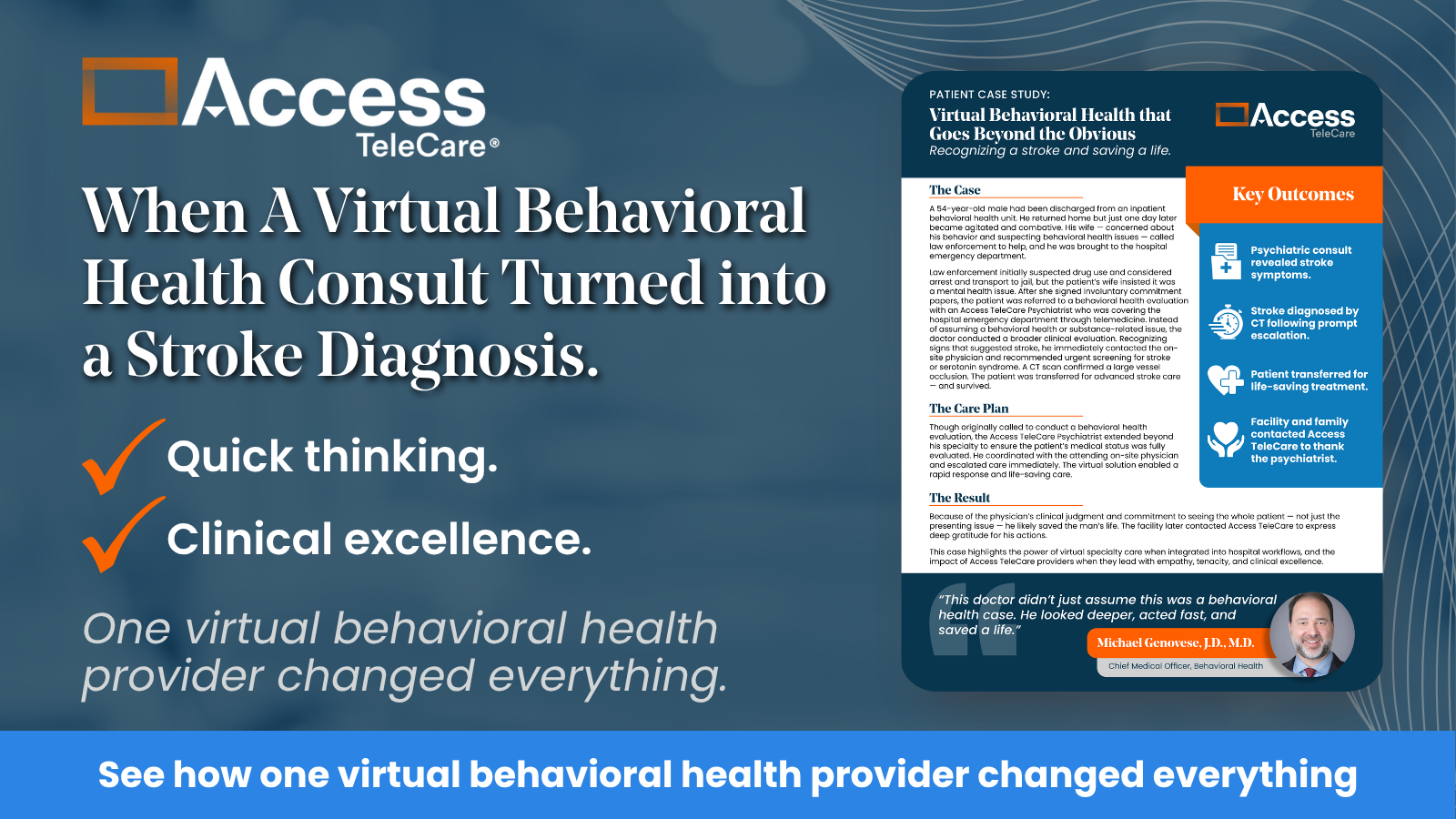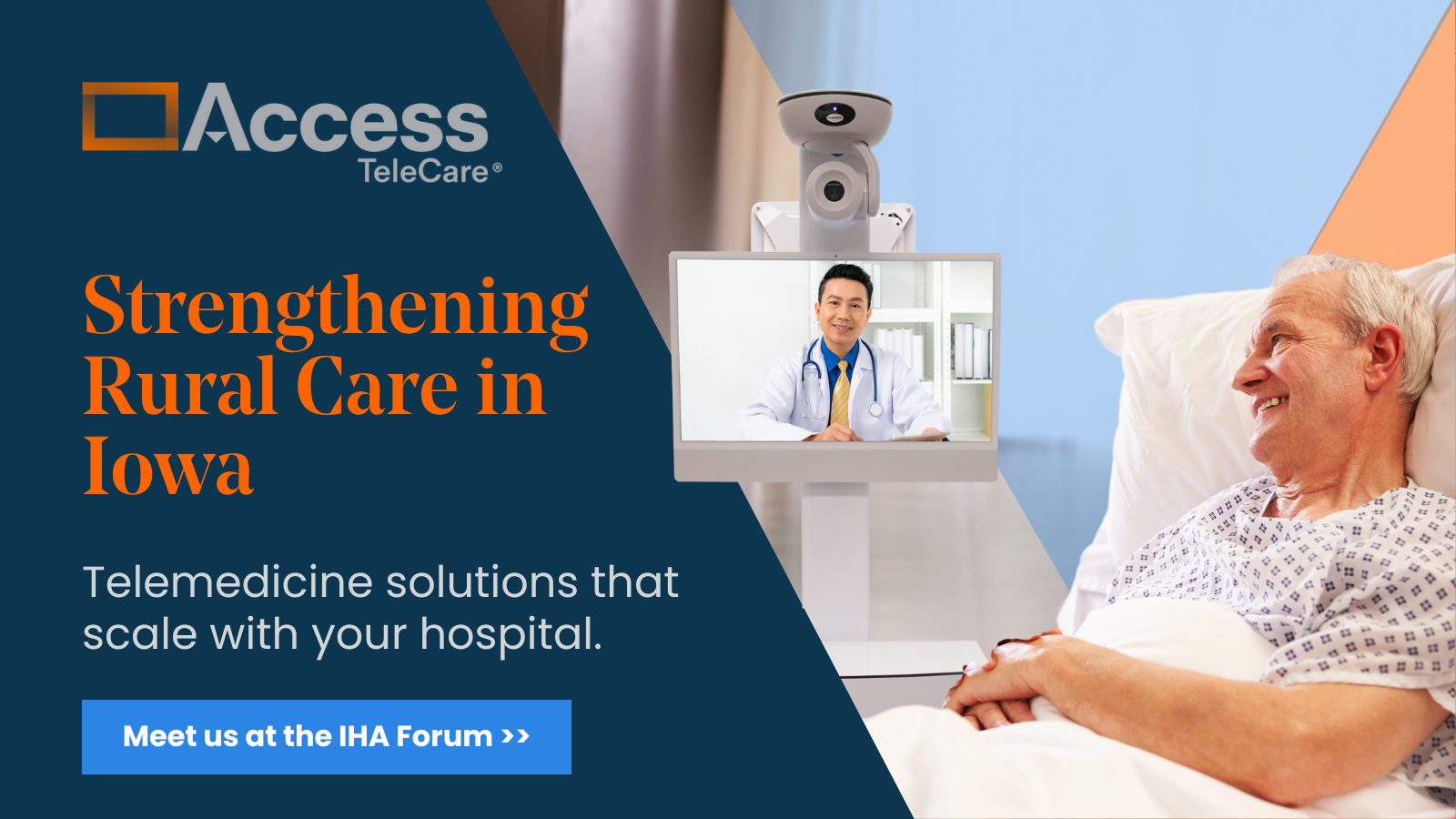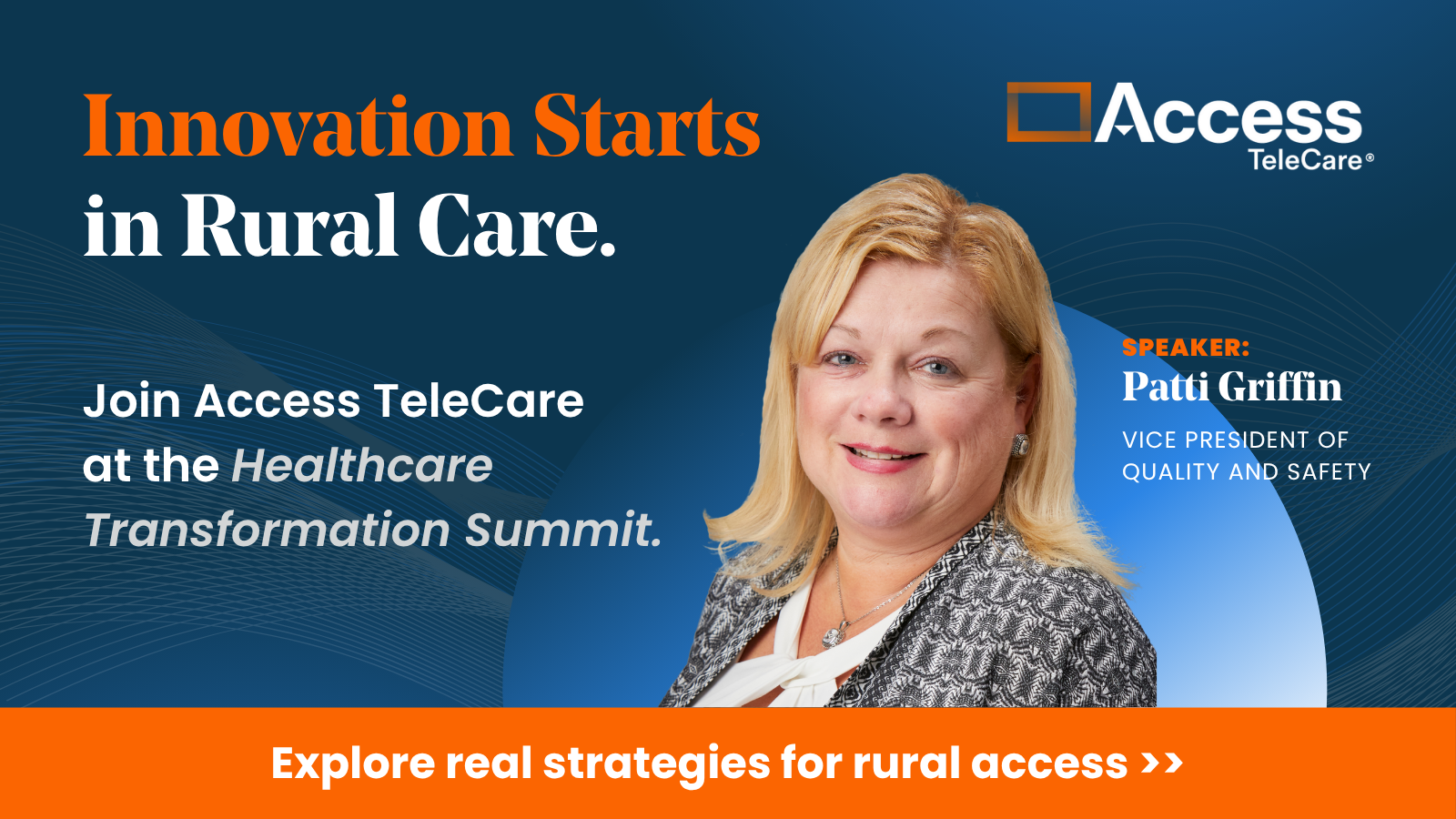By Punag Divanji, MD, FACC
TeleCardiology version 1.0 began from the need to reduce mortality rates from high-risk cardiovascular disease, which remains the leading cause of death in the U.S. across nearly every demographic group. Just over 900,000 people die from cardiovascular disease every year, though we have made great strides in reducing mortality over the last three decades. Early remote care protocols evolved into teleCardiology 2.0, aimed at delivering consistent, high-quality care by bringing patients to medical centers with specialized care.

However, as the burden of cardiovascular disease risk factors increases, including diabetes, hypertension, and obesity, our progress has stalled, with a growing rate of cardiovascular disease in younger people. Furthermore, there are growing disparities between urban and rural care, driven largely by morbidity and mortality related to cardiovascular disease (figure 1). With a widening mortality gap between these communities, virtual healthcare can help to address the growing disparities in the delivery and outcomes of cardiovascular care to further the goal of healthcare equity. To achieve this, we must evolve into what I call teleCardiology 3.0, or simply: comprehensive cardiology.
Early teleCardiology Systems
The initial strides came in part through the development of preventative and medical therapies for the highest risk patients, including those presenting with heart attacks, particularly ST-elevation myocardial infarction (STEMI). When a STEMI is identified, the clock starts ticking; the thought that “time is muscle” mobilizes a large clinical team to rapidly open a blocked artery within 90 minutes to improve patient outcomes.
Through the advent of thrombolytic therapy and the subsequent evolution of percutaneous coronary revascularization (angioplasty and stenting), cardiologists successfully reduced morbidity and mortality for these high-risk patients. However, early interventional care was siloed in larger medical centers, limiting the reach of these life-saving medical advances. Therefore, health systems learned to identify high-risk patients and transfer them to facilities where they could receive appropriate care.
In the 1990s, we did this with the humble fax machine, or teleCardiology 1.0.
The goal was to identify those presenting with STEMIs and send the EKG via fax to interventional cardiologists. This provided an early alert system to verify and activate the medical team to prepare for the patient and deliver high-quality care as quickly as possible.
As technology developed, we evolved into teleCardiology 2.0. We placed mobile EKG machines in ambulances that could transmit information from the field, giving regional health systems the ability to divert patients to the right location at the right time.
This system serves the traditional cardiology hub and spoke model, where a local tertiary facility acts as a hub and cardiologists travel to the outlying communities to staff infrequent clinics. Patients are frequently transferred to larger regional hospitals to get more specialized care, including procedures.
Limitations of the Hub and Spoke Cardiology Model
However, the traditional model has various limitations, including cost, resources, transportation, and clinical availability, made increasingly apparent during the COVID-19 pandemic, as stresses on the healthcare system hamper timely transfer and treatment. In addition, communities that are outside the transport area for these systems remain underserved. This is compounded by so-called “windshield time” as patients and staff drive between local communities and large urban centers, significantly contributing to burnout. These factors come together to further stress patients, families, clinicians, and the broader healthcare system.
In large part, the mismatch between the prevalence of disease and the geographic availability of clinicians is the cause of this problem. For example, the CDC provides data on the death rates from cardiovascular disease by county:

Source: https://www.cdc.gov/dhdsp/maps/atlas/index.htm
Dark red in the above map shows the areas where mortality from cardiovascular disease is highest. This data suggests that the highest prevalence of cardiovascular disease deaths also occurs in the states with the least number of physicians per capita, such as Mississippi, Arkansas, Nevada, Oklahoma, Alabama, and Texas.
These disparities exist not just state to state but county to county. For example, in my home county of Harris, Texas, total deaths from cardiovascular disease were 409.5 per 100,000 from 2017-2019. In neighboring Liberty County, the rate is more than 50% higher; total deaths from cardiovascular disease were 630.4 per 100,000 during the same period, according to the CDC.
Meanwhile, there is frustration with the traditional care models across the spectrum. Patient satisfaction suffers when high-quality care isn’t available locally. Transfers to larger medical centers can entail prolonged transfer delays, long commutes for family members, and a lack of community support in a time of crisis. Quality of care can also suffer from a loss of information and familiarity as patients are shuttled from one care team to another. This can lead to unnecessary repeat testing or procedures.
Furthermore, when working in earnest to provide the best possible care to patients, clinicians suffer increased rates of burnout when local constraints (as opposed to expertise or experience) prevent them from caring for the patients in their community. Finally, hospitals and health systems lose revenue when patients are transferred from their communities, further limiting their ability to care for the local populations they serve.
Then, there is the most serious problem: transfers don’t always benefit the patient’s health.
Intention ≠ Outcomes
What happens to cardiology patients after transfer? Transfer to a facility where they may receive more specialized care doesn’t necessarily mean these patients do better. In fact, in some cases, they do worse:
Propensity-score Matched Inter-Hospital Transfer and 30-day Mortality (BEFORE telemedicine)

The above graph indicates that STEMI patients have better outcomes when transferred to a hospital with options for revascularization, as intended by the systems of care built around teleCardiology 2.0. Yet, patients may do worse after transfer for many other presentations, including heart failure and undifferentiated chest pain.
According to a Journal of Critical Care study, between 32.4 and 89.1 percent of patients do not receive any associated specialty procedure at the receiving hospital. The Journal of Hospital Medicine found that “across diagnoses, inter-hospital transfer is associated with higher costs, longer lengths of stay, and lower odds of discharge home compared to similar patients who were not transferred.” Several other studies have shown similar results: worse outcomes and higher cost of care for cardiology transfers with diagnoses that could have been managed locally with the right expertise.
All of this suggests that many of these patients should stay in their local community to receive comprehensive cardiology care. But, how?
TeleCardiology 3.0
TeleCardiology 3.0 flips the narrative: it sends the specialists out to the community rather than taking patients out of their community to a central “hub.” The goal is to create a technology-enabled comprehensive cardiology program, focusing on patient outcomes and community collaboration.
The teleCardiology model as practiced by Access TeleCare aims to be as much like a local cardiologist as possible. We deploy a small group of outstanding physicians with the goal of building meaningful relationships that enrich the delivery of cardiovascular care for the patients, the local clinical team, and the hospital.
These dedicated cardiologists use telemedicine technology that delivers them directly to the bedside to provide a suite of inpatient and outpatient services, including general cardiology, preventive cardiology, imaging (echocardiography, stress testing, coronary CTA, and peripheral vascular imaging), and importantly, pre-operative evaluation. This model has evolved through experience and expertise to include cardiology sub-specialty care, including electrophysiology and advanced heart failure. Our team utilizes technology solutions to care for the entire spectrum of cardiac diagnoses while keeping patients in their communities, including, but not limited to, chest pain, heart attacks, heart failure, hypertension, arrhythmia (i.e., atrial fibrillation), shock, and more.
Our program shows that these services can provide effective, high-quality cardiovascular care while keeping patients local.
TeleCardiology Outcomes
The results of our teleCardiology programs speak for themselves:
- 17% relative risk reduction in mortality
- 2-3x increase in local ICU census
- 15% decrease in length of stay
- Up to 20% increase in case mix index
- 60% decrease in unnecessary transfers
- More than 30% savings on physician coverage costs
Finally, both the clinical teams and patients are happy: more than 95% of patients would recommend teleCardiology to their friends and family, citing 99% satisfaction with the amount of time spent, inclusion in care decisions, and thorough clinical assessment.
In sum, teleCardiology 3.0 is poised to deliver on the strides made in the first generation of remote care: reducing morbidity and mortality rates for our nation’s largest cause of death.
***
Dr. Punag Divanji is an interventional cardiologist and received his medical degree from the University of Texas Southwestern Medical Center in Dallas, where he also completed his internal medicine residency and was chief resident. He completed fellowships in general cardiology and interventional cardiology at the University of California at San Francisco. Dr. Divanji is also an assistant professor in interventional cardiology at the Oregon Health & Science University in Portland, Oregon.
***
If you are ready for teleCardiology 3.0, don’t hesitate to contact us for a working session.








